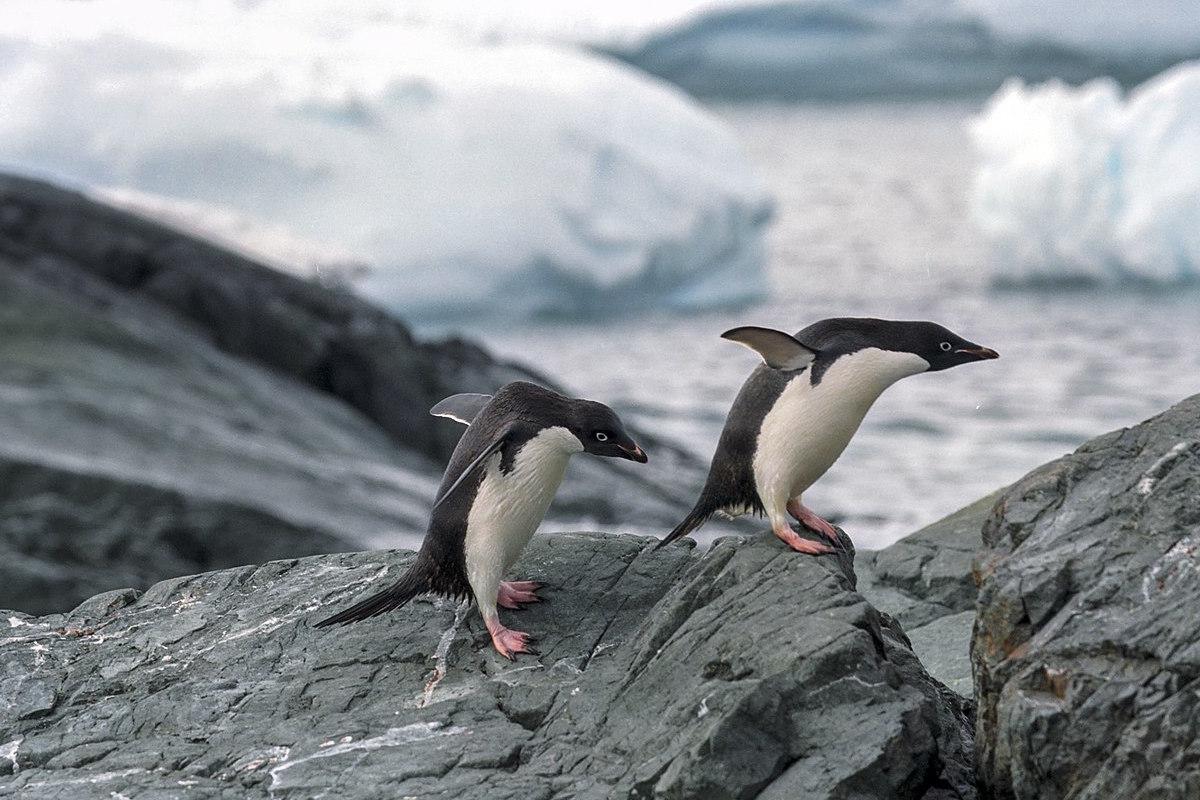Y: Where did that penguin come from, Don?
D: You mean my stuffed animal, Yaël? I won it from a claw machine. But, you know, scientists have been mulling over the same question—about real penguins, though. And after sequencing the genome of the 18 species of penguins that exist today, they have a pretty good idea how these evolved. The genetic evidence reveals that today’s penguin species originated in the coastal regions of Australia and New Zealand and nearby islands in the South Pacific about 22 million years ago—not in Antarctica, as many people once thought. They’ve been on an interesting evolutionary journey ever since, diversifying and spreading to all kinds of climates.
Y: It’s not hard to imagine how they made their way to Antarctica, but there are penguin species all the way in South America and Africa, right? How did they get all the way up there?
D: It all started about 12 million years ago, when Drake’s Passage between Antarctica and the southern tip of South America opened up fully and the Antarctic Circumpolar Current intensified, which caused the glaciation of Antarctica and drove penguins that hadn’t adapted to live in icy regions northward. Some ended up all the way in South America and Africa, and genetic adaptations let them thrive in these new places. These adaptations allowed them to refine how they regulate their body temperature, which made it possible for different species of penguins to live in climates as varied as Antarctica and regions close to the equator.
Y: Or even claw machines in the United States.
D: I’m not sure if the stuffed animal species was one of the 18 in this analysis.










